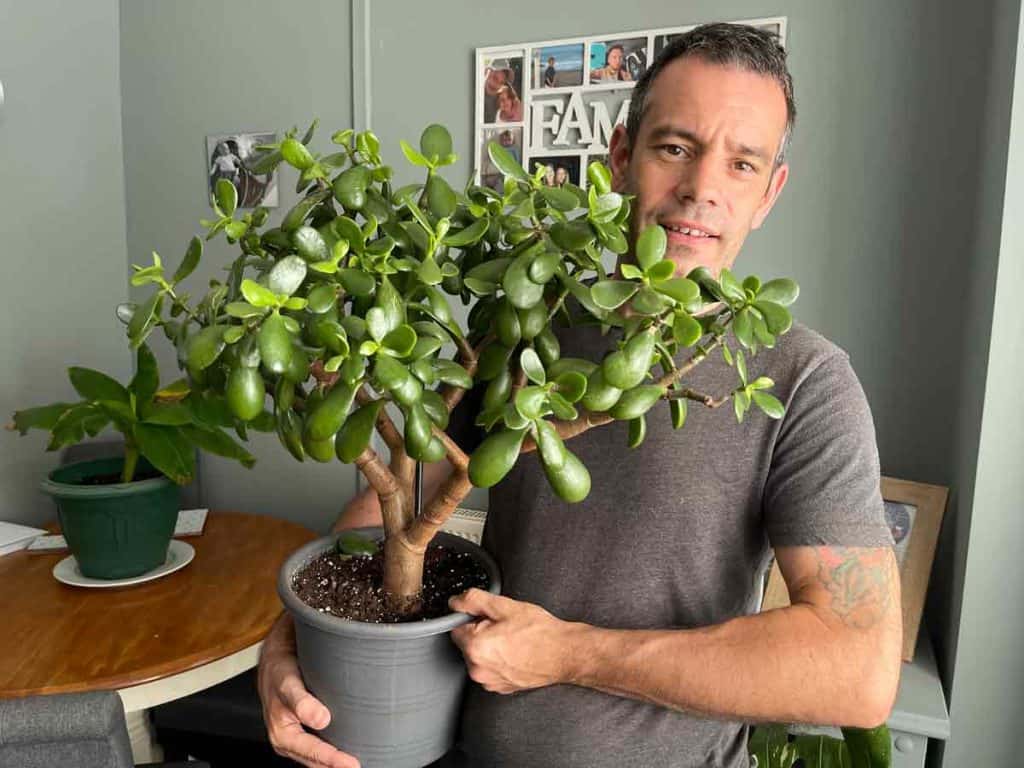Jade plants, with their thick woody stems and lush green leaves, are popular and beloved houseplants. To keep your jade plant looking its best, it’s important to fertilize it properly. Choosing the right fertilizer and using it correctly is key to having a beautiful, flourishing jade plant.
Why Fertilize Jade Plants?
Fertilizing provides jade plants with essential nutrients needed for growth and development These nutrients include
- Nitrogen – promotes lush, green foliage
- Phosphorus – aids in root, flower, and fruit development
- Potassium – contributes to overall plant vigor and disease resistance
Without adequate nutrients, jade plants can become stunted leggy or discolored. Their growth slows down and they produce fewer new leaves and branches. Fertilizing gives them the nutrients they need to stay healthy and grow.
When to Fertilize
Jade plants are dormant in fall and winter, so fertilizing during these seasons is not necessary. The best time to fertilize is during the active growing period in spring and summer.
- Spring – Fertilize when new growth appears after winter dormancy.
- Summer – Fertilize regularly every 4-6 weeks during the active growth period.
Avoid fertilizing a stressed or transplanted jade plant. Wait a few weeks until it recovers before feeding
Choosing the Right Fertilizer
The best fertilizers for jade plants have an NPK ratio around 10-10-10 or 20-20-20. This provides balanced amounts of nitrogen, phosphorus, and potassium.
Look for these fertilizer types:
- Liquid fertilizers – Fast acting and easily absorbed. Good for plants needing a nutrient boost.
- Granular fertilizers – Release nutrients slowly over time. Require less frequent applications.
- Slow release fertilizers – Release nutrients steadily over an extended period. Prevent over-fertilization.
Specialized cactus or succulent fertilizers are also great options, as they are formulated for these plants’ needs.
How to Fertilize Jade Plants
Fertilize lightly and infrequently to avoid fertilizer burn. Here are some tips:
- Always dilute liquid fertilizers to less than half strength before applying.
- Water thoroughly before and after applying fertilizer.
- Apply granular or slow release fertilizers at half the recommended rate.
- Avoid leaves when fertilizing to prevent leaf burn.
- Fertilize conservatively and observe the plant’s response.
- Flushing the soil with water can correct over-fertilization.
By starting with a weak solution and increasing strength slowly, you can find the right fertilizer dosage for your plant.
Signs of Over-Fertilization
Too much fertilizer can harm jade plants. Stop fertilizing if you notice:
- Tip or margin leaf burn
- Yellowing or browning leaves
- Dropped or shriveled leaves
- Stunted growth
- Wilting, even with sufficient water
These symptoms indicate it’s time to flush the soil and hold off on fertilizing until the plant recovers.
Tips for Proper Fertilization
Follow these tips for happy, healthy jade plants:
- Fertilize less often in winter. Jade plants are semi-dormant.
- Allow soil to partially dry between waterings to prevent fertilizer buildup.
- Rotate fertilizers for a complete nutritional profile.
- Repot in fresh soil to flush old fertilizer salts after 1-2 years.
- Observe the plant’s response and adjust your fertilizing routine accordingly.
With the proper fertilizer and care, your jade plant will thrive indoors for years to come!
Best fertilizer for Jade plant and propagation.
FAQ
What fertilizer is best for jade?
What should I feed my jade plant?
Is Miracle Grow good for jade plants?
- A Complete Guide to Caring for Yuki Cherry Blossom Shrub - January 23, 2025
- Identifying Red Hot Poker Seeds: What to Look For When Harvesting Torch Lily Pods - January 23, 2025
- A Complete Guide to Harvesting Evening Primrose Seeds - January 23, 2025

